
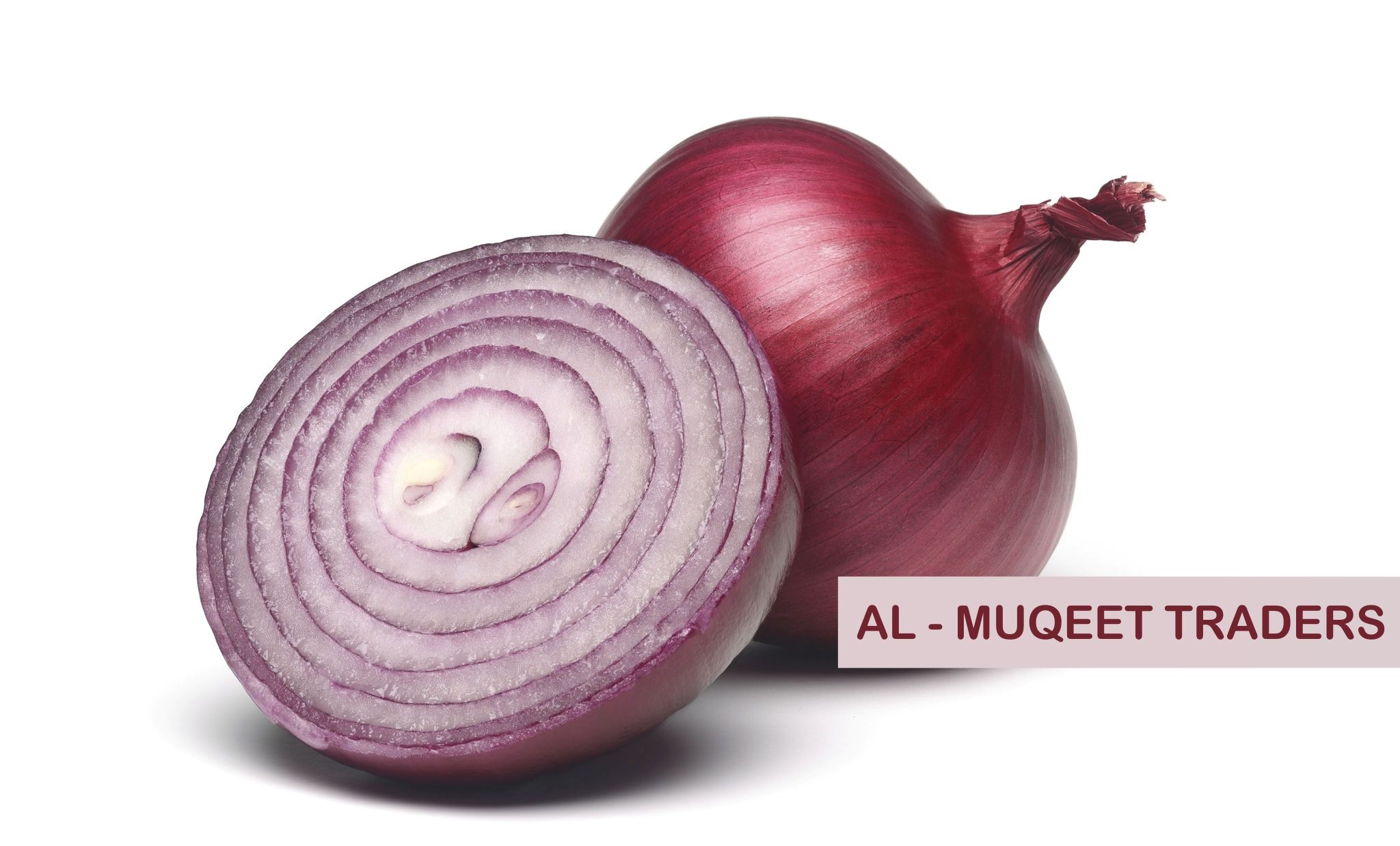
India is the second largest onion growing country in the world. Indian onions are famous for their pungency and are available round the year. Onion possess very good nutritive and medicinal values. Onion is the largest vegetable produced and consumed not only in India but also in the world. Although, it is classified as vegetable, it has special qualities, which add to taste and flavor to food and hence it is mainly used in India cuisine and culinary preparations. In addition to its use in cuisine, it is also relished in raw form with meals. Onion is consumed by all classes of people-poor and rich and hence assumes a place of essential item. Onions are considered an indispensable ingredient of most cooking, providing the pungent foundation for a thousand different curries and other dishes. Indian onions has two crop cycles, first harvesting starts in November to January and the second harvesting from January to May. There are hundreds of varieties of Onion grown in the world. According to colour, there are red, white and yellow types. Red and white varieties are grown in India. Onion has both glucose (reducing sugar) and sucrose (non-reducing sugar). The special quality of onion is its smell (flavor) on account of which it is commonly used in food and masala preparations. The pungent taste of onion is due to volatile oil (Allyl Propyl Disulphide) present in it.
There are certain varieties in yellow onion which are suitable for export in European countries
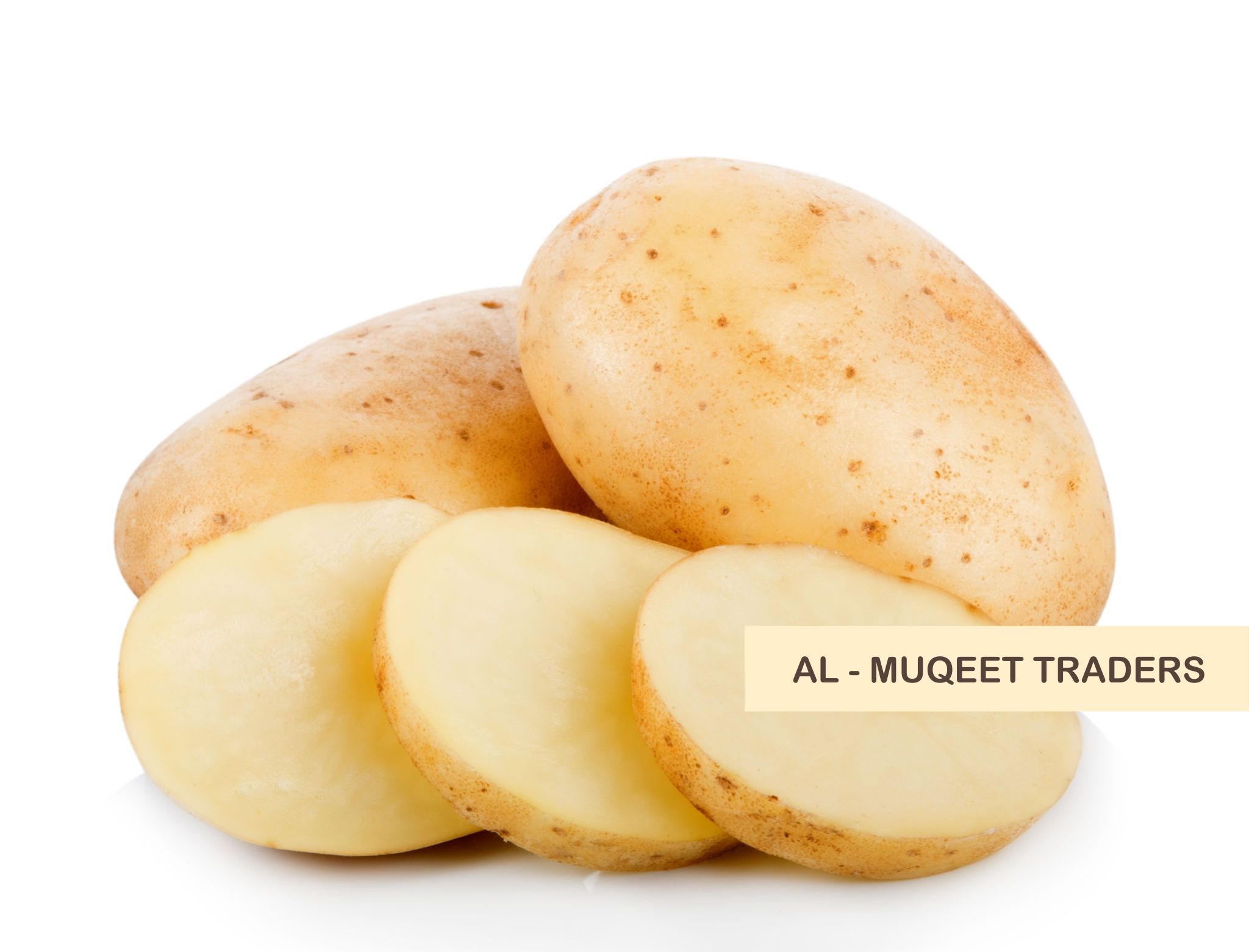
Potato is most popular among vegetables, It has a special value as food. The Potato, a native of South America occupies a largest area any single vegetable in the world. They are the rich source of carbohydrate, starch, vitamins A, C and minerals also it contains a good amount of amino acids such as leucine, tryptophan and isoleucine etc. The consumption of potato per head is very low in India as compared to that of Western Countries. The potatoes are organically cultivated without the use of any harmful pesticides and chemicals.
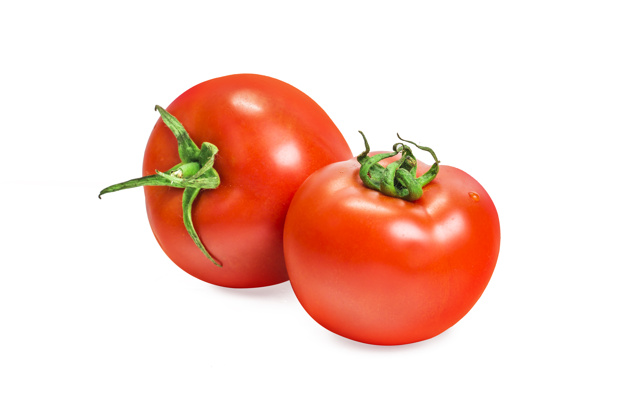
In India – Tomato ranks third in priority just after Onion and Potato. However, the country ranks second in area as well as in production of tomato in the World. Tomatoes are native to South America. It is believing that the fruit came to India by way Portuguese explorers. Botanically speaking tomato is a fruit, a berry to be exact. Tomatoes are a significant source of umami flavor. The tomato is consumed in diverse ways, raw or cooked, in many dishes, sauces, salads, and drinks Tomatoes are commonly used as a vegetable ingredient or side dishes Tomatoes form an indispensable part of Indian curries. Tomatoes are one of the richest sources of vitamin C and beta carotene, all of them support heart health. They are also abundantly loaded with lycopene, which has been found to reduce risk of high cholesterol, protect eyes and skin, and boost immunity and heart health. Vitamin K, B1, B2, B3, B5 and B6 and minerals such as potassium, manganese and iron further make tomatoes a popular superfood. Tomatoes contain high amounts of lycopene, an antioxidant that has repeatedly shown scientists its ability to ward off cancers, fight aging, and stave off other degenerative diseases. Tomatoes are one of the lowest-calorie fruits, containing a mere 18kcal per 100 grams. Its low-fat, low-sugar profile isn’t the only reason for why tomatoes are so healthy: Tomatoes are one of the cheapest fruits, likely because of the ease in which they grow. Tomatoes are available year-round. India grows several varieties of tomatoes, from the small lively cherry tomato bursting with juice to the large, fibrous beefsteak. The most common tomato varieties are beefsteak, cherry, heirloom, roma and pear.

Chilli is considered as one of the commercial spice crops, named as wonder spice, it is the most widely used universal spice. India is the world leader in chilli production followed by China and Pakistan. Green Chilli has bright green colour, healthy unblemished skin and is full of flavor. It is widely used in its raw form to spice up a meal and add flavor. Green chillies are hottest, pungent and known for their eye-watering peppery flavor. Long Green Chillies is a major ingredient in almost all foods and almost cannot be done without. Hot Green Chilli is high in demand due to its great hot flavor, full of the goodness of capsaicin, our Long Green Chilli retains its freshness until the point of consumption. Chillies are excellent source of vitamins A, B, C and E with minerals like molybdenum, manganese, foliate, potassium, thiamine and copper. Chilli contains seven times more vitamin C than orange. Indian chilli is considered to be world-famous for two important commercial qualities—colour and pungency levels. Some varieties are famous for the red colour because of the pigment. Other quality parameters of chilli include length, width and skin-thickness. Different varieties of chillies are cultivated for varied uses like vegetables, pickles, spices and condiments. Indian share in global production is 50 to 60%. However, India is the only source for hot chillies. Chilli is cultivated in tropical and sub-tropical climates, mostly as a rain-fed crop in India. Chilli is a seasonal and annually grown cash crop. Chilli is good for slimming down as it burns the calories easily. It stimulates the appetite, helps to clear the lungs and stimulates the digestive system. It is also used in beverages. There are more than 400 varieties of chilli available worldwide. These differ in pungency, size, shape and colour.
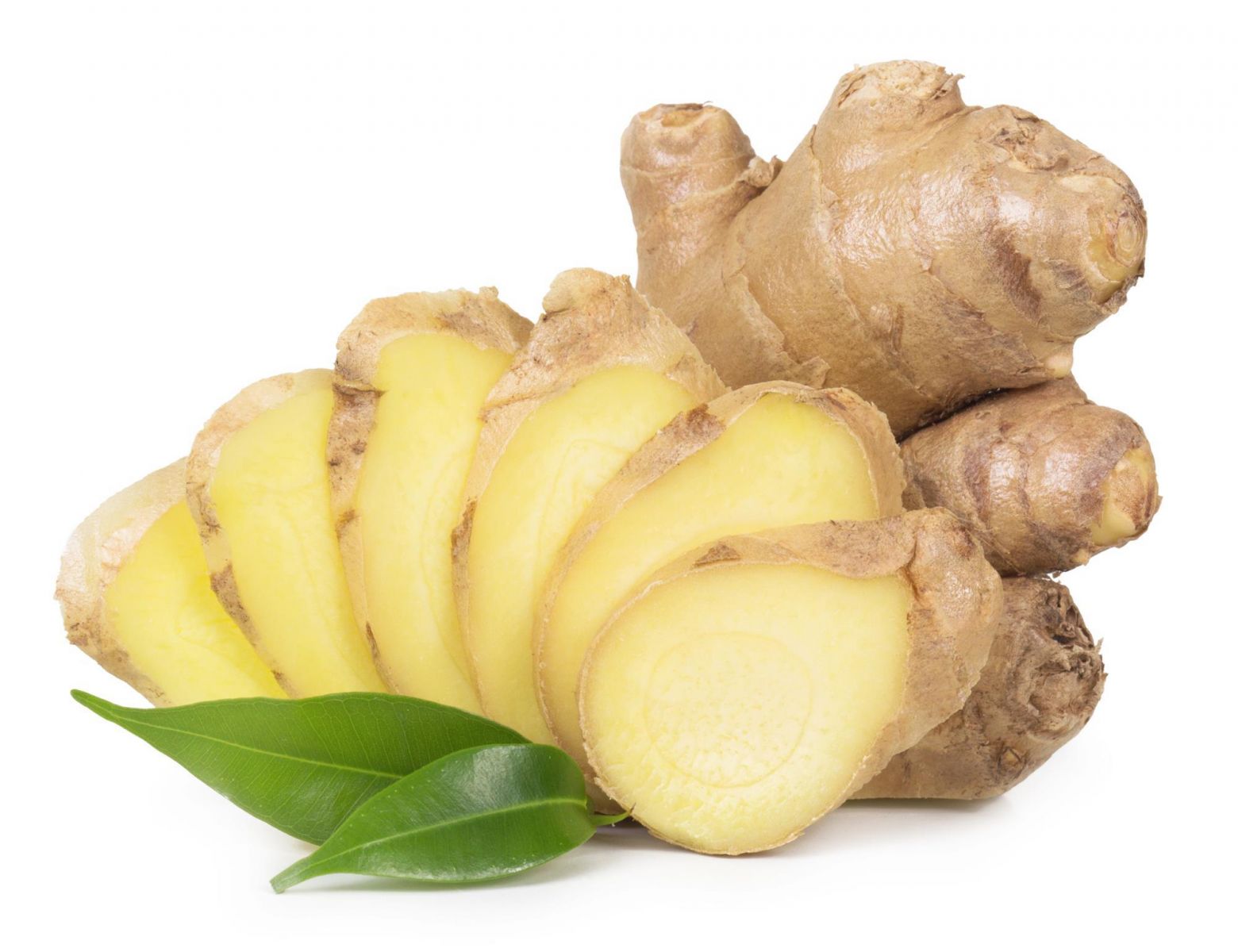
Ginger is an underground rhizome of the ginger plant that’s usually added in the stir fries, curries, vegetable dishes and various other food preparations across the world. This aromatic, spicy and pungent herb adds a distinct flavor and zest to food. Ginger is most commonly known for its effectiveness as a digestive aid, as ginger is a nutrient exhausting crop The most commonly available varieties of ginger in the world are either Indian or Chinese varieties. It is known to have anti-inflammatory, antibacterial, antiviral and other health beneficial properties and hence, has been used in medicine since ancient times. Anti-oxidants and various valuable nutrients in ginger can help prevent infections and inflammation in human body. Nausea, stomach pain, cold, cough and indigestion are some of the health ailments that are usually cured with Ginger remedial preparations at home. India is the largest producer of ginger at around 34.6% of the world production

Garlic is one of the important bulb crops, it is used as a spice or condiment. Garlic in India is one of vital spices available in every kitchen, its valuable therapeutic and flavoring properties, make it a vital herb for use in industrial sectors as like food, medicine etc. Garlic has a spicy, tongue tingling flavor for which it is added in various culinary preparations and dishes all over the world, not only is its taste so enriching, but its health and therapeutic benefits are also valued globally. Hence, there’s a potential demand for this exotic herb in Indian and international markets. Garlic Used in pickles, curries, sausages, food dressings, meat preparations and various other cooking requirements. It has been considered as a rich source of carbohydrates, proteins and phosphorus and It contains volatile oil. Garlic helps in digestion, and It reduces cholesterol in human blood.

Drumstick comes under fresh or chilled vegetables; drumstick is being used to prepare Ayurvedic medicines due to its nutritional value. The leaf of Drumstick trees (Moringa Leaf) are also used for medicinal purpose. Moringa leaf has 18 amino acids and thus considered as complete protein, which helps our body to function properly. It has ayurvedic properties thus given to nursing mother to increase Milk production and Lactation. It helps to cure injuries like bruises, cuts and burns due to its anti-inflammatory and antiseptic properties They are rich in Vitamin A, Vitamin B, Vitamin C, Protein, Calcium, Iron and Minerals. Moringa leaves can be consumed as Juice or Moringa Tea. It is also used in cosmetic, personal care, pharmaceutical / Nutraceuticals, Food, Beverages, wellness and Spa Industries. It is rich in tons of nutrients and antioxidants and the most notorious super foods. Moringa Powder detoxify body and support immune systems.

Cucumber and gherkin occupied the second rank in vegetables export from India. The cucumber is a multipurpose vegetable because of wide range of uses from salads to pickles and digestive aids to beauty products. The caloric and nutritional value of cucumber is very low but it is a primary source of vitamins, minerals and fiber for human body.
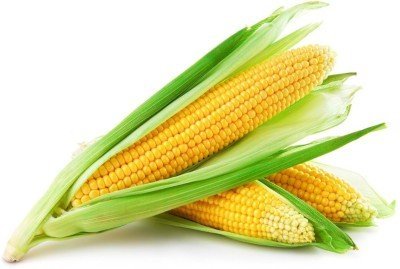
Sweet corn is a variety of maize with high sugar content. It is the result of a naturally occurring recessive mutation in the genes which control conversion of sugar to starch inside the endosperm of the corn kernel. Sweet corn is picked when immature (milk stage) and prepared and eaten as a vegetable, rather than a grain. It must be eaten fresh, canned, or frozen, before the kernels become tough and starchy.
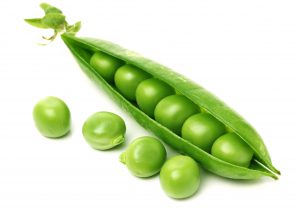
Pea is used as a vegetable or in soup, canned frozen or dehydrate. It is cooked as a vegetable along or with potatoes. Pea is exported in fresh/chilled form as well as in frozen form

The lemon is an important fruit of citrus group. The lemon is rich in many food ingredients, particularly citric acid. It increases the flavor and improves the taste of various dishes. It is often used in the preparation of salads, preparation of lemonades, squashes, jams, jellies and marmalades. The lemon juice has a good keeping quality and it can be preserved for a long time with certain precautions. The various parts of the lemon used for medicinal purposes.

Vegetables are important constituents of Indian agriculture and nutritional security due to their short duration, high yield, nutritional richness, economic viability and ability to generate on-farm and off-farm employment. Our country is blessed with diverse agro climates with distinct seasons, making it possible to grow wide array of vegetables. It ranks second in vegetables production in the world, after China. India produces nearly 11% of the world’s vegetables, as per National Horticulture Database. India is producing 169.48 million metric tons of vegetables from 9.54 million hectares during 2014-15 (NHB, 2016).Fruits and vegetables together contribute about 92% of the total horticultural production in the country. Amongst vegetables, India is the largest producer of ginger and okra and ranks second in production of potato, onion, cauliflower, brinjal, cabbage, etc. The vast production base offers India tremendous opportunities for export.

OKRA
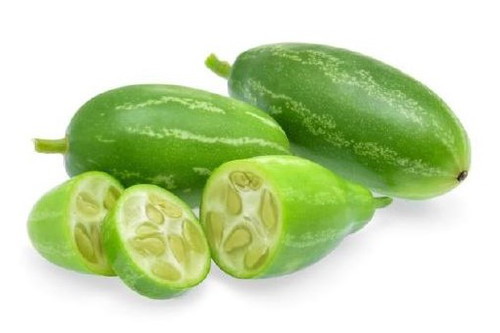
TONDALA (Coccinia Grandis)
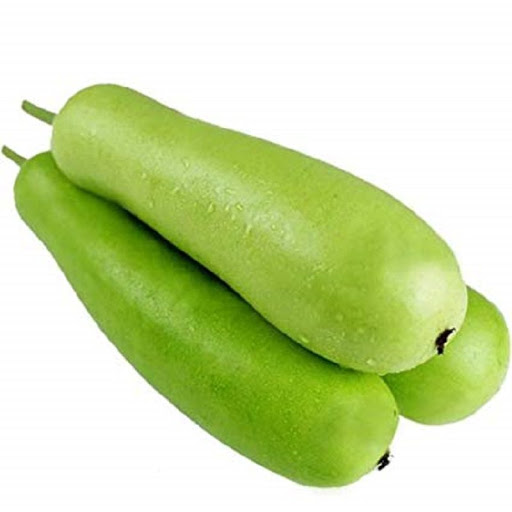
BOTTLE GOURD
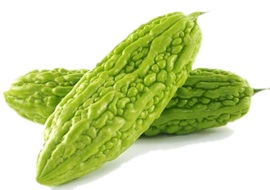
BITTER GROUD
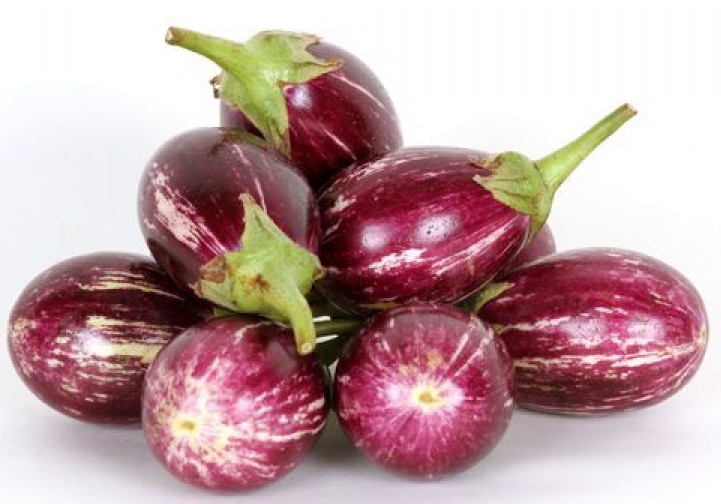
BRINGAL
.jpg)
GUAR (CLUSTER)

CAULIFLOWER

CABBAGE
French bean
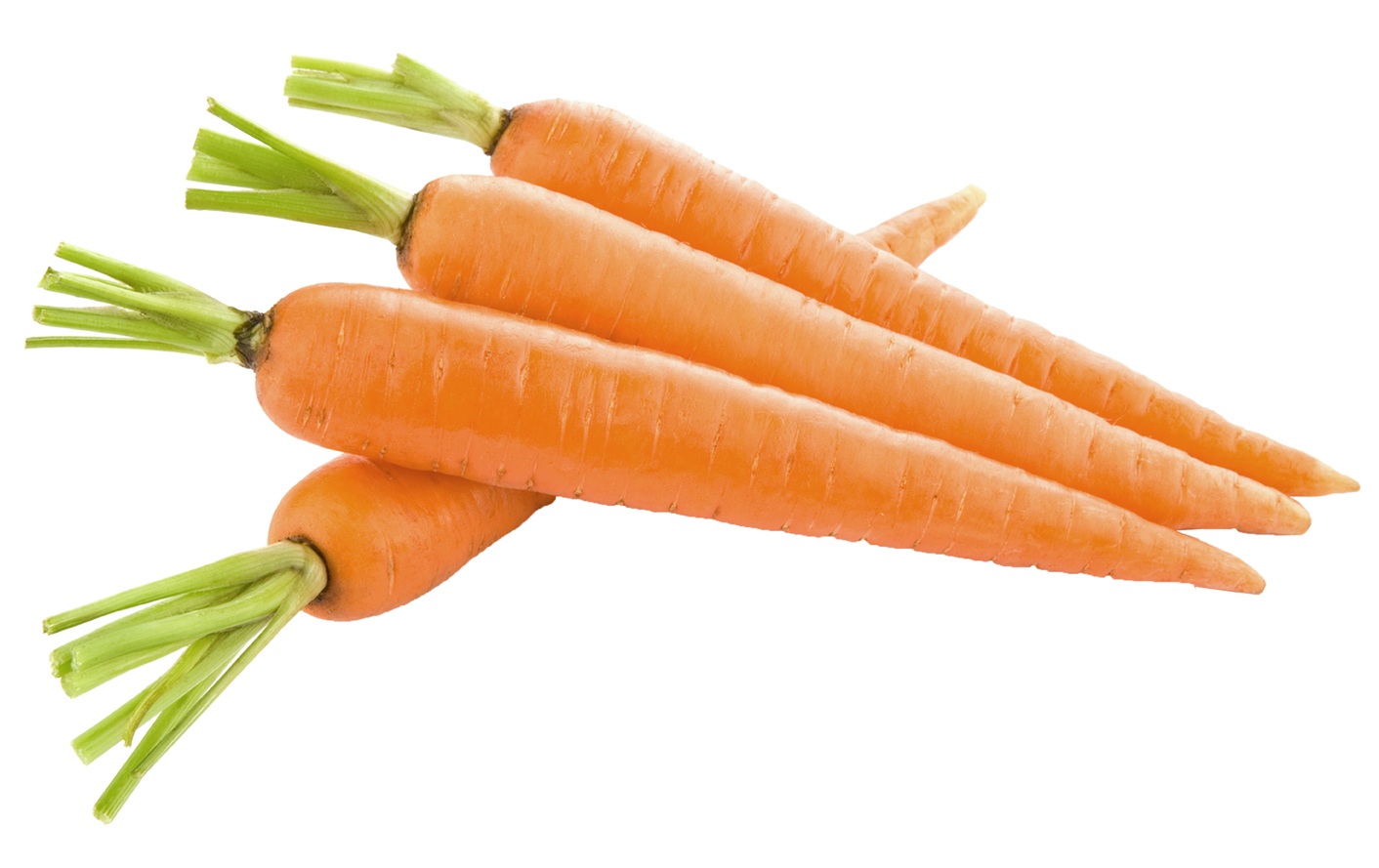
Carrot

Capsicum